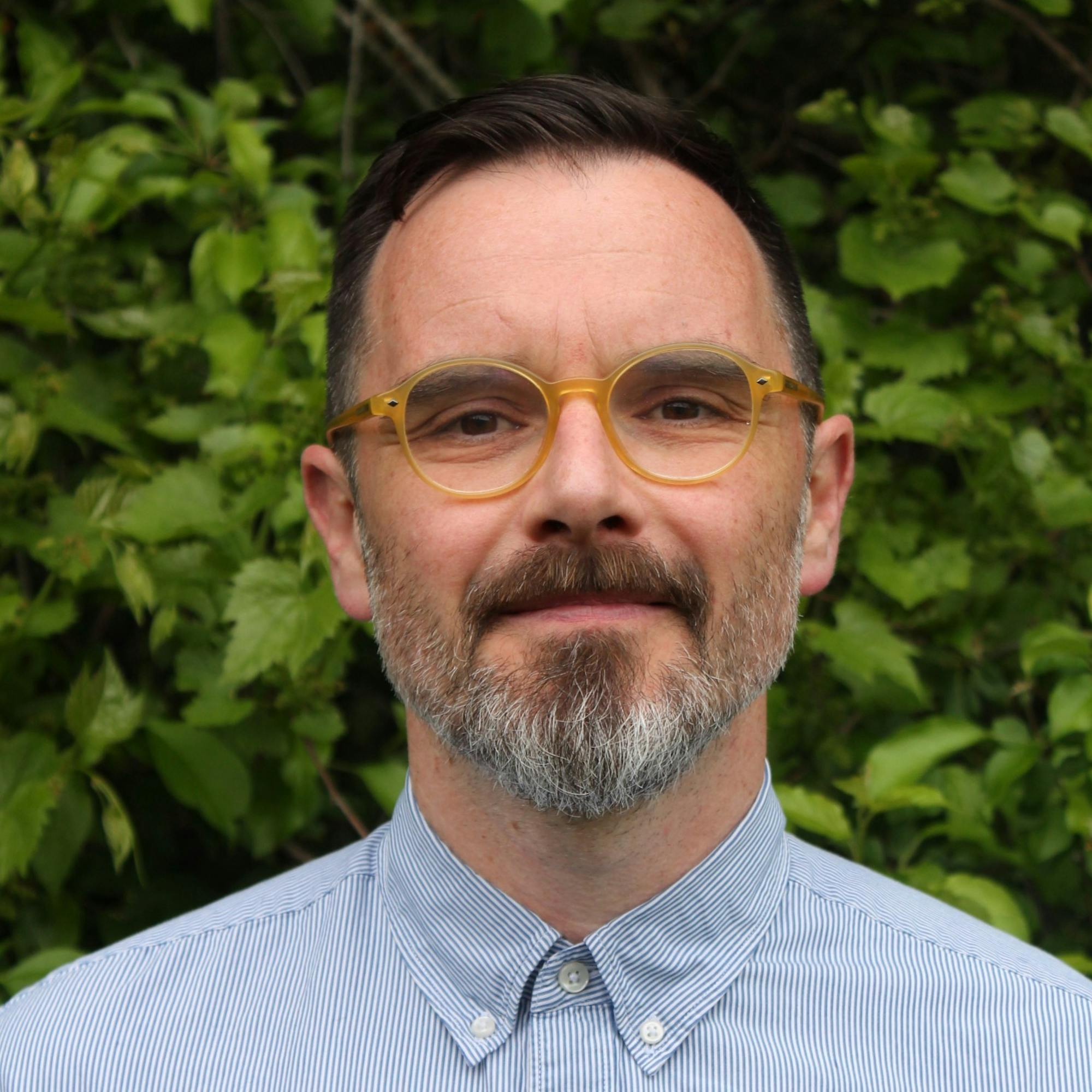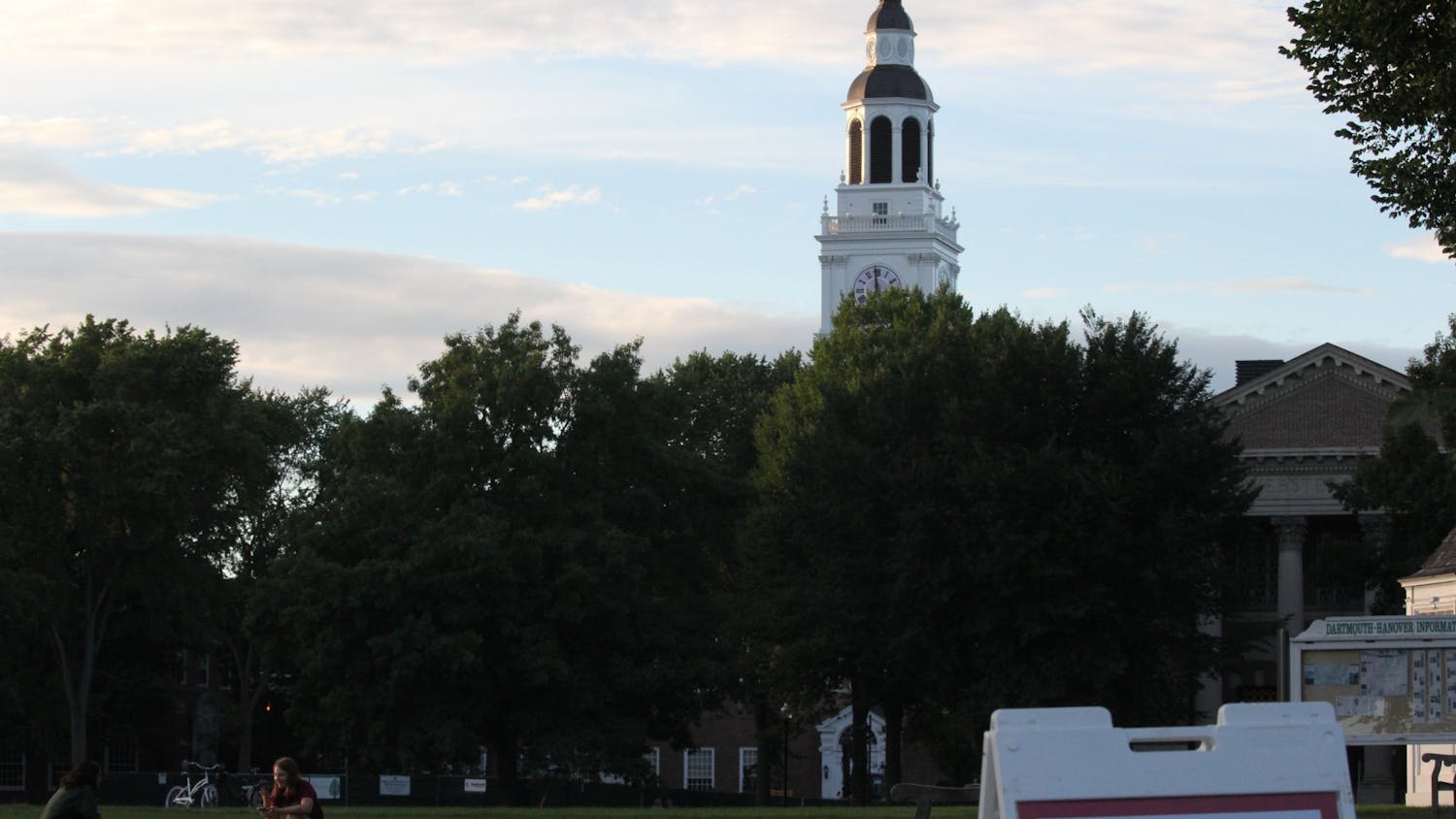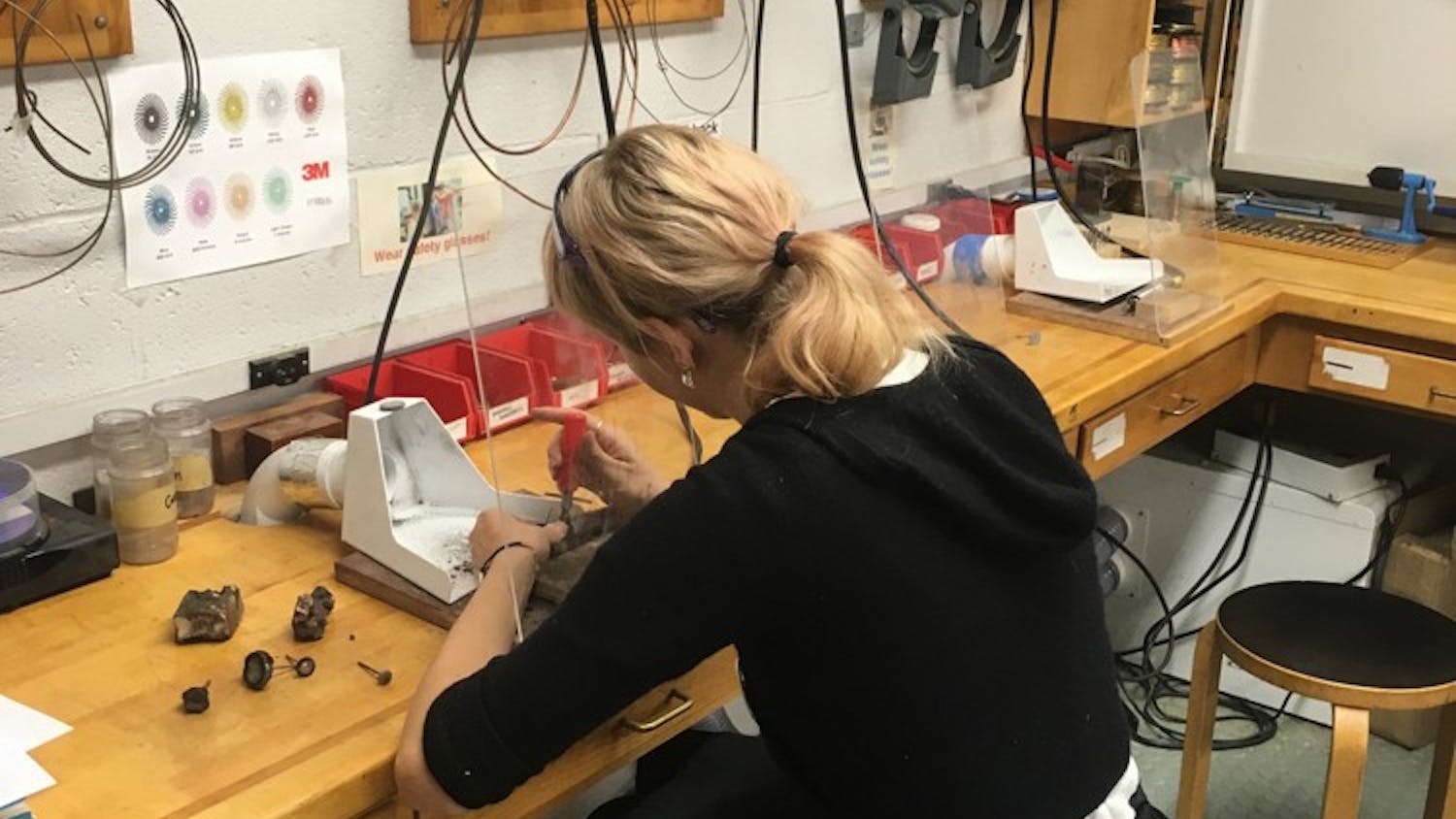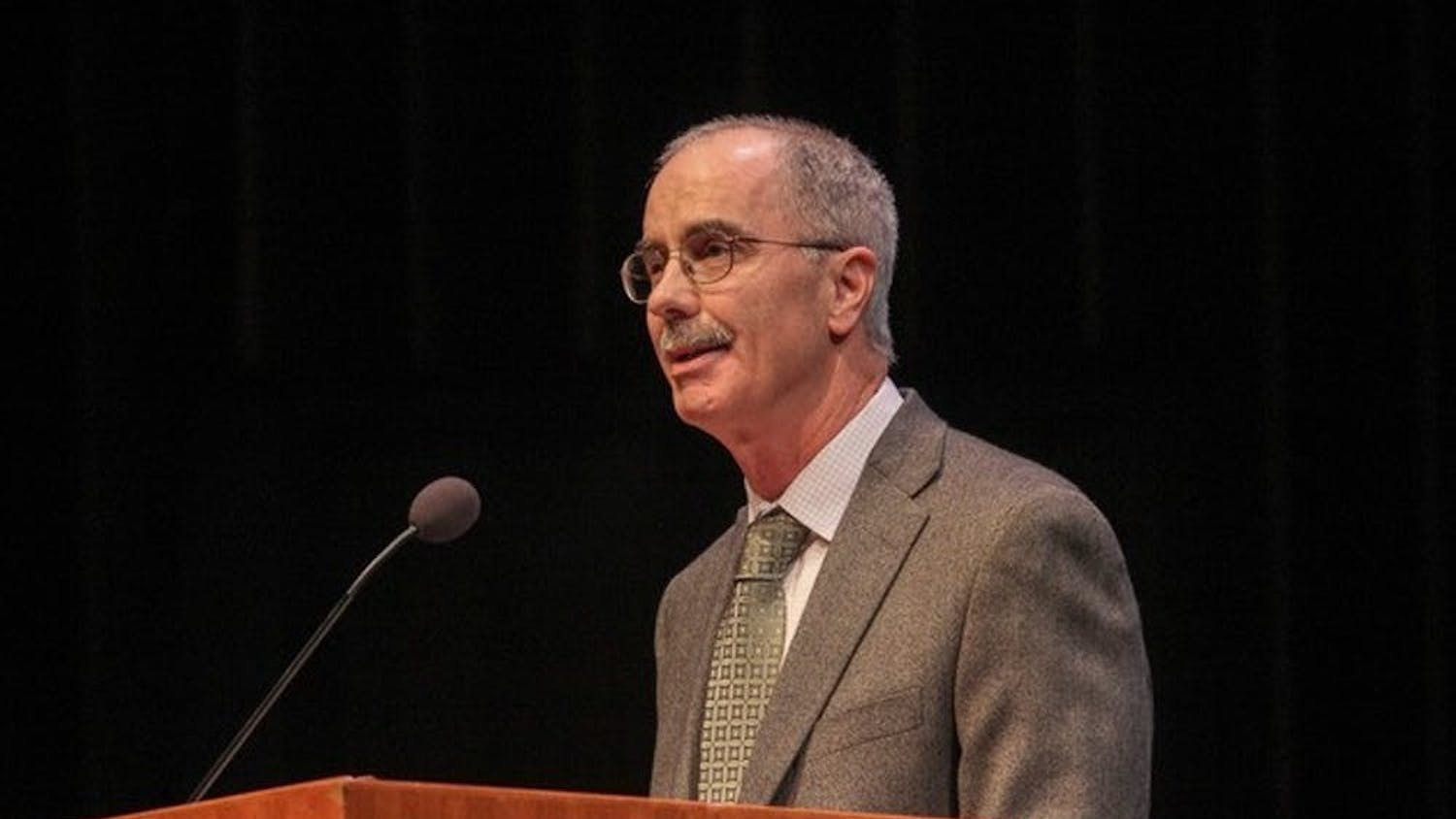When Italian professor Damiano Benvegnù came to Dartmouth, he saw a divide between the sciences and humanities where there should have been a bridge. Particularly in response to the climate crisis, he noted that the cry for change is interdisciplinary — incorporating a diverse dialogue of voices from policy to poetry to art to science.
In addition to his Italian courses, Benvegnù teaches two unique courses that I have had the pleasure of taking — COLT 70.05, “Environmental Imagination: Ecological Narratives for the Anthropocene” and ITAL 37.09, “Italian Ecologies: Italy and the Environmental Humanities” — both of which celebrate humans’ inextricable connection with the Earth. He spoke to The Dartmouth about his role in creating Environmental Humanities at Dartmouth, an initiative that aims to foster collaboration between teachers, students and activists interested in the intersection between the environment and other fields.
How would you describe the environmental humanities to a layperson?
DB: The environmental humanities is a transdisciplinary field that attempts to respond to the current socio-environmental crisis, focusing on cultural, historical and philosophical premises, and the consequences of our relationship within the nonhuman environment. As environmental humanists, we believe that the scientific and technological response is not sufficient — we need to dig deeper into the cultural and historical and conceptual undertakings that have characterized the relationship of the human communities within the nonhuman world.
When did you first become interested in the environmental humanities in your career as an academic?
DB: I came to the U.S. to do a second Ph.D. While I was in the U.S., I came across critical animal studies and posthumanism, disciplines that try to rethink the relationship we have with nonhuman animals and how they have been ethically and politically charged. I started to be trained in that field through seminars, workshops and research. Then I decided to write a book on Primo Levi’s animals, which would allow me to compare the treatment of nonhuman animals to something very and disturbingly human — the Holocaust. From there, I decided to move from how nonhuman animals have been represented in human artifacts to how their habitat has been represented. I started trying to reconceptualize what a landscape is — or rather, the human-environment interaction through the concept of landscape.
What was the impetus for the Environmental Humanities at Dartmouth initiative?
DB: We realized that there was a lot of interest from students. I started teaching a few classes that were unofficially introductions to the environmental humanities. I realized that Dartmouth has a lot of students who are perfectly positioned between the classic liberal arts curriculum and the sciences — especially environmental studies. I started talking with colleagues, and we realized that we have a proto-cluster of faculty working around environmental humanities issues. We were supposed to initiate this project last May with a big event on environmental justice, but of course, COVID-19 arrived, so we had to postpone.
How can students get involved in the environmental humanities now?
DB: There are a few projects that we are running. In collaboration with the Hopkins Center for the Arts, there is “Convergence.” We have the Anthropocene working group — an initial community to think and collect new ideas for what the environmental humanities should be at Dartmouth. What we are trying to accomplish is to check what identity this initiative can have. We do not want to impose something that does not mirror the interests of our community. So when I talk to students, I invite them to reach out to the Anthropocene group, attend meetings and have conversations with faculty working in environmental humanities, because there are a lot of projects.
What are your future plans for the initiative?
DB: The environmental humanities are part of this effort that wants to create research projects that are interdisciplinary. Right now we are trying to build this website to test who would be interested. In fact, the website will collect student and faculty projects. And we are creating a lexicon of environmental humanities terms through a set of videos made by Dartmouth faculty. Then, we are trying to get involved with potential partners, both within Dartmouth but also in the larger Upper Valley community. I think that there is a lot to be done in creating a community that springs from Dartmouth, then engages with the problems of the Upper Valley and the whole bioregion.
What are your current research interests?
DB: Right now, I’m working on two different projects that are both trying to reshape the concept and experience of landscape. The first one is in Enfield, in the so-called Shaker Forest. I’m developing an application that will use augmented reality to tell multiple and multi-species narratives of the forest itself. It’s a way also to put users in touch with the intertwined histories of diverse human communities — from the Shaker to the Abenaki presence to the current residents of Mascoma Lake, New Hampshire — how they interacted historically, culturally, conceptually and experientially with their nonhuman environment.
On the other hand, I’m working on a political landscape in central Italy. Twenty thousand fir trees were planted in 1939 to spell out the word “DUX,” which means leader in Latin, the name that Mussolini gave himself. I’m working with the local community to reconstruct the history of this forest not just as a legacy of fascism, but in its complex environmental identity.
If you could choose one book that every student at Dartmouth had to read and one environmental humanities term that you wish everybody knew, what would they be?
DB: A book that represents quite well what can be done in the environmental humanities right now is a book by anthropologist Anna Tsing. The book is entitled “The Mushroom at the End of the World,” and it is a great example of the complexity that only the environmental humanities can tackle.
I’m actually going to use one of the terms that will be posted on the environmental humanities website: joy. We are trying to avoid the classic terms like resistance or power or energy. For me, joy is crucial — not happiness — but this strange combination of loss and wonder. That is what joy is at the end: losing yourself in something. There is a reenchantment, a continuous reenchantment, that is fundamental to any kind of critical project.
This interview has been edited and condensed for clarity and length.




